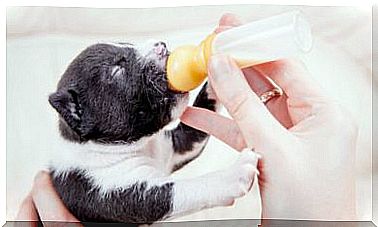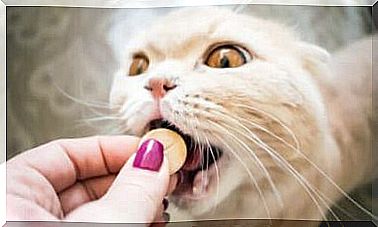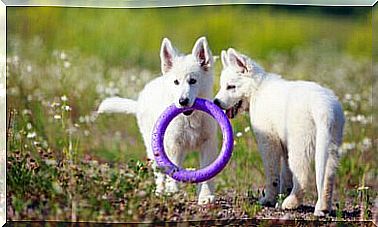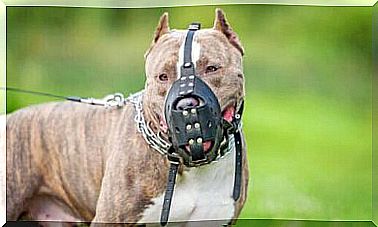Orchitis In Dogs: What Is It And How To Cure It?

For pet owners, it can be a cause for concern to find that their dog has swollen and red testicles. These unpleasant symptoms often indicate the progress of an infectious process called orchitis. Below, we’ll explain what orchitis in dogs is and how to treat it to preserve your best friend’s health.
What is orchitis in dogs?
Dogs’ genitals are one of the most sensitive and vulnerable regions of their body, as they can often come into contact with dirt and pathogens. As a result, there is a long list of diseases and complications that can affect a dog’s genital region.
Orchitis in dogs is a type of infection that involves inflammation of the testicles. For this reason, one of the main symptoms associated with this disease is red, swollen and inflamed testicles.
However, not all dogs with inflamed testicles are affected by orchitis. There are many possible causes for this bothersome symptom, including exposure to chemicals. It is therefore essential to take your pet to the vet to identify the cause of this abnormality in his genitals.
How does orchitis develop in dogs?
Usually, the infection process begins with an injury or burn to the genitals, particularly the testicles or scrotum. For example, if a dog gets injured during a fight or suffers cold or frostbite during the winter.

If this lesion comes into contact with certain bacteria, an infectious process can be initiated. In this way, the wound acts as a “gateway” for bacteria to the dog’s body. Once inside your body, these pathogens can expand and reach your sperm ducts.
However, the development of an infectious process often also depends on the state of an animal’s immune system. If the dog has a strengthened immune system, even if it comes into contact with pathogens, it does not mean that it should develop a disease.
What are its symptoms?
In addition to red and swollen testicles, dogs suffering from orchitis often experience pain. Consequently, it is difficult for them to let themselves be touched or controlled in this region. In fact, it is likely that they may prefer to isolate themselves rather than have someone inspect the area where they are in pain.
The pain, especially if it is acute, often also has a negative effect on the dog’s behavior. While this can vary in each individual, however, many dogs are sadder and some may react aggressively as well.
In addition, the following symptoms associated with orchitis can be observed in dogs:
- Walk with the hind legs well apart (to avoid touching or rubbing the inflamed testicles).
- Presence of pus in the testicles.
- Frequently lick your genitals, especially your testicles.
- Induration of one or both testicles.
- Slower movement.
- Clumsiness.
- Lethargy.
- Temperature.

How to cure orchitis in dogs
When any of the above symptoms are identified or your dog is perceived to have inflamed testicles, it is essential to get him to the vet quickly. Only a qualified professional will be able to verify the causes of this problem and recommend a specific treatment based on the needs of the animal.
Usually, to treat orchitis, antibiotics are administered to slow down the infectious process and eliminate pathogenic bacteria. The vet may also recommend an anti-inflammatory to combat swelling of the testicles and relieve the animal from discomfort.
During the treatment it is essential that your dog is in a clean, comfortable and quiet environment so that he can recover more quickly. The absence of traumatic stress will help speed up the effectiveness of the treatment.
How to prevent it?
First of all, it is necessary to avoid as much as possible that dogs can injure themselves in such a sensitive region. For example, you must prevent them from escaping and getting involved in street fights with other animals, or avoid exposing them to the cold and extreme climatic changes of winter.
Also remember that good hygiene in the environment where they live is the key to preventing the growth of bacteria, fungi, parasites and other pathogens. We must therefore not neglect the cleaning and disinfection of the environment and accessories used by our dogs.
Last but not least, it is essential to offer adequate preventive medicine to our pets throughout their life. Also, preventative vet visits must be done every six months and we must always keep their vaccinations and parasite control up to date.









